On 10 and 11 March, Diagonal Dance premiered Stretch, a networking event open to all in the dance sector, no matter what corner you occupy. Stretch is a selection of conferences, workshops, and performances, all focused on discovering what matters in dance today. I dipped my toes into the panel lineups of Day 2.
Let’s dive into what happened on day 2
What is a safe space? Panel 1 (Diversity, Inclusion and Creating Safe Spaces) is at the cozy Ivy House in Nunhead, with its mahogany art deco ballroom and stage. This question, asked by mediator Peter Laycock (freelance creative learning consultant) later invites some imagination; what does an ideal world look like in the context of inclusion in the dance world? I wonder if imagining utopias, somehow emerging from bureaucratic gridlocks of tight budgets and blanket policies, helps manifest them. At the very least, it harnesses a collective desire. These panels are an opportunity to converge our different experiences towards a shared goal, even if progress feels glacial.
While we buckle in for a slow battle, tight budgets demand selectiveness of priorities, in a tricky balance between rates, labor, and worth for those involved. I can’t help wondering – when is inclusion, and for that matter, good pay and safe working conditions, not priorities? Having to choose one over another signals a concerning issue. Unfortunately, when trying to pay the bills, rejecting work often isn’t an option, yet at the same time, submitting to low pay or unsafe spaces feeds the issue. The bottom line is that sometimes loving something isn’t enough to survive on it. In an ideal world, a freelancer has the option not to work with those who stretch their values.

How we widen the scope of dance and practise more inclusion?
Rachel Elderkin (The Stage, Dance Dialogues Podcast) and Sarah Blanc (Moxie Brawl, Dan Daw Creative Projects), in Creating Content and Storytelling in Dance, talk about increasing accessibility; ‘What is contemporary dance?’ is after all, a tough question to answer. The question of how we widen the scope of dance and practise more inclusion, is inevitably paired with another; how do we take care of everyone too? As Peter discussed, after achieving a community of shared values, the harder task might be maintaining it. There are countless examples of box ticking and tokenism. Change implied on paper but not seen in practise, and those working hard on the ground for things that fizzle out as you climb the hierarchy – where the money is, safe spaces are often not.
Bakani Pick Up’s (freelancer) reflection on caution as a dance maker, and how not to transfer trauma and heavy concepts onto your performer, strikes me. As a dancer, I have experienced re-surfacing from intense creation periods consumed by a choreographer’s ‘vision’. To avoid a potentially dangerous dynamic, creators must implement boundaries between their work and those performing it. Thankfully, I am also more frequently seeing psychologists on lists of credits for those pieces that although necessary, deal with troubling themes.
A question from the audience introduces the topic of aftercare, something that falls through the cracks during the post-project high. The word aftercare, for me, raises uncomfortable notions of an injury, as if the project itself requires time for recovery afterward. Is aftercare necessary if all access and safety needs have been met? I connect with Bakani’s response, that this is maybe a question of how we exit a space. It is seen also in outreach work, where those providing an enriching experience for young creatives and dancers evaporate before witnessing the long-term benefits.
Humanity is necessary at the end of a project, to avoid it feeling like a business exchange. I have found it tricky to maintain relationships with those ‘higher up’ without it feeling like I am prying for more work. But as Isabel Sachs mentions in a later panel, we should shake off hierarchal standards, and Helen Esther Aschauer (Freelance director/choreographer) reminds us that we all live off new opportunities; staying connected with gratitude and loyalty post-project ensures there will be another.
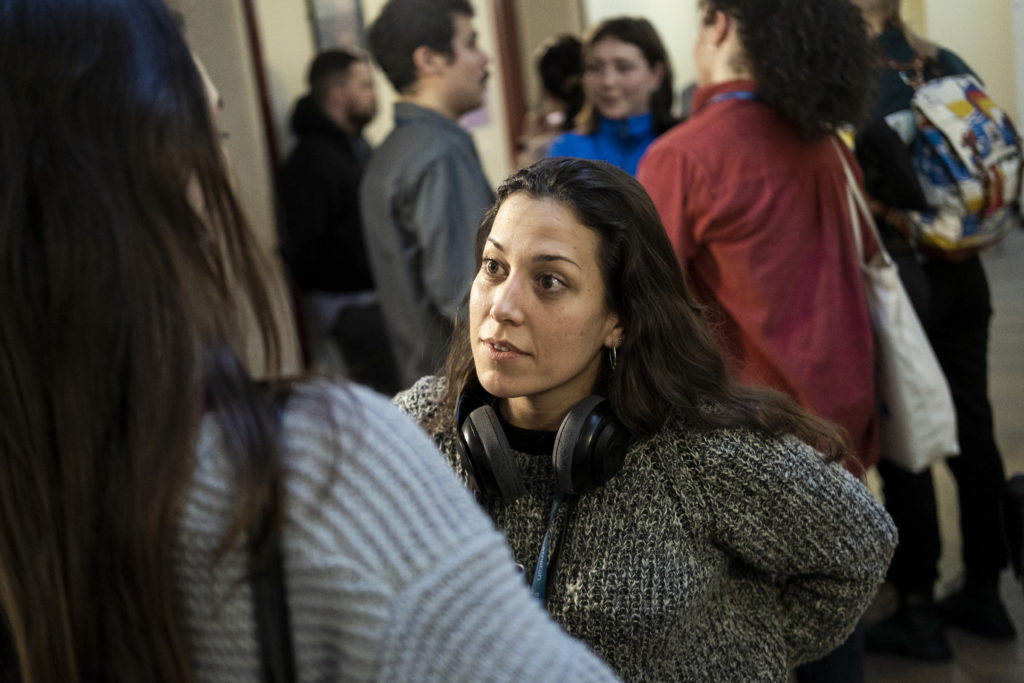
Steph Townsend and Isabel Sachs (I Like Networking), speak on a refreshing panel about something simple yet often daunting. How to Network Within the Sector is refreshing and forthright. Steph and Isabel speak of the online realm as a blessing of sorts, an identity you can adjust to the finest details. Unlike in real life, where judgment is inevitably cast right away, I somewhat disagree that this is a benefit. Digital selves feel easy to hide behind like buffers, especially since the pandemic.
Therefore, I’m relieved to also hear some very practical tips for good old-fashioned face-to-face interaction and reminders that insecurities lurk beneath every professional title. In short, when networking, it might be easier to forget why you are sharing a space at all – and just say hello to a fellow person, as a person.
Panel 3, on Diversifying your Career Paths, covers set work in-depth, but there are still plenty of invaluable nuggets of advice to extrapolate from anecdotal stories shared by Kosta Karakashyan (Studio Karakashyan) and Helen Esther Aschauer. Most notable for me, are the discrepancies that stem from collaborations between creatives and non-dancers. Remembering that the audience is the priority, and time and money are the ‘bosses’ in commercial settings, biting your tongue will get you places. The obvious moral conflict: what then happens to your own creative ambitions? Helen and Kosta advocate a balance between commercial work led by another and your own work. Working for free and demanding your conditions, giving, and taking becomes essential.
Throughout, I appreciate the panelists’ openness about not always knowing, despite experience, of practical solutions. Rachel touches on that exact point, who believes that if using online platforms as performers and creators, we have a responsibility not to shy away from revealing the downside of dance. I agree. For it is this that will increase awareness from non-dancers to the challenges of the art, and forge more authentic relationships within the industry.
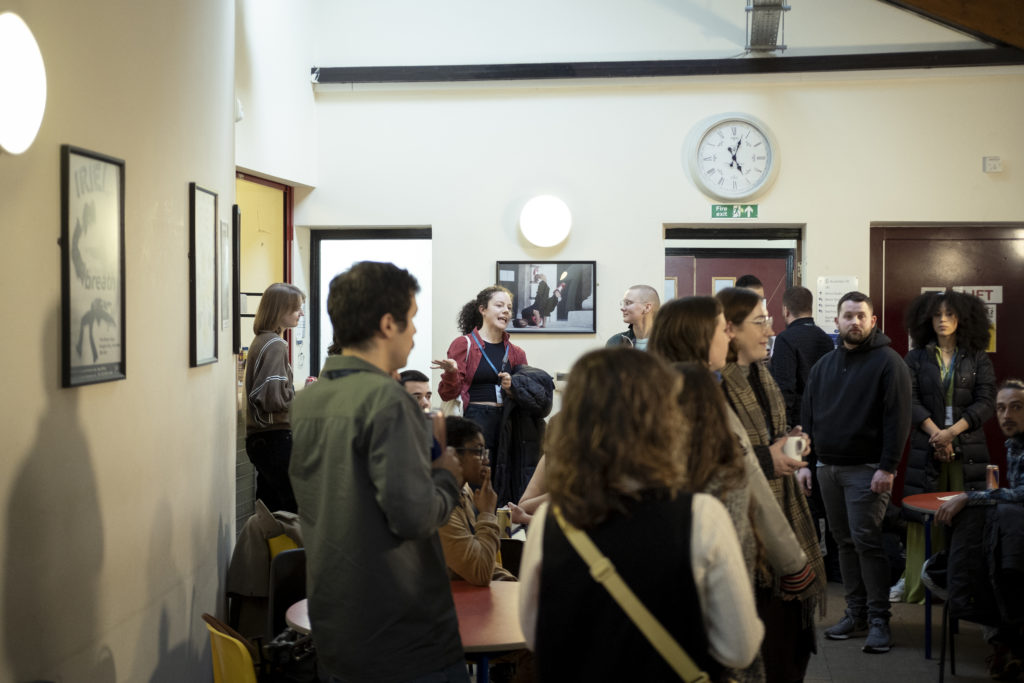
What is a dance conference without *dance*? I am glad that Katie Hagan (Dance Art Journal) mentions her awareness of words being just that. This is something I ponder at every panel I attend: shared discussions encourage collective reflection but bridging the gap between talking and evident change, is complicated. However, Stretch has a tangibility to it, rich with viewpoints and pragmatic in the sense that I leave with ideas, as opposed to simply ruminating on what the dance world lacks. The golden thread I hear consistently throughout is the re-occurring qualities all agree are necessary to networking, performing, and creating alike: respect, gratitude, and staying true to your values.
Fine-tuned and smooth-running, Stretch is not what you would expect from a pilot project, and its success seems to come from the self-belief Diagonal Dance possess. They are doers. Integral and passionate about the cause, adamant that by focusing on our goals and drawing connections wherever possible, a community that is more honest about what it needs can be cultivated.
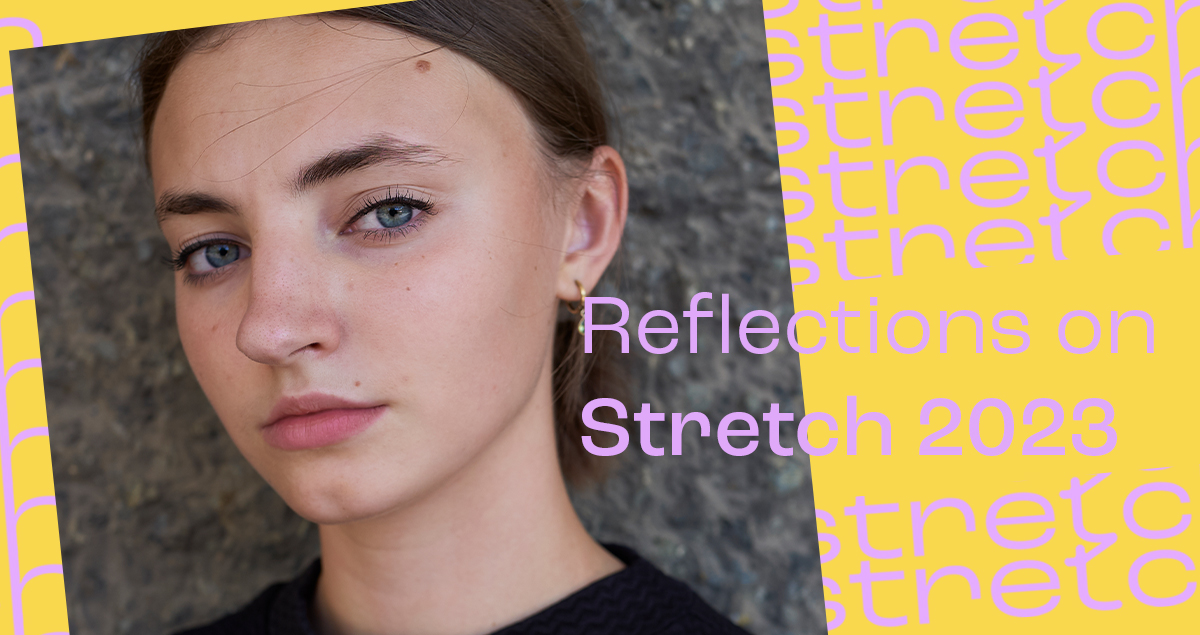

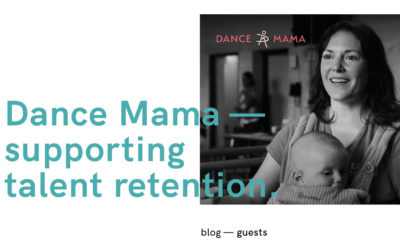
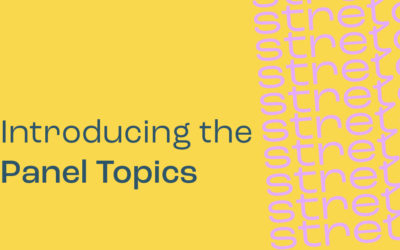
0 Comments